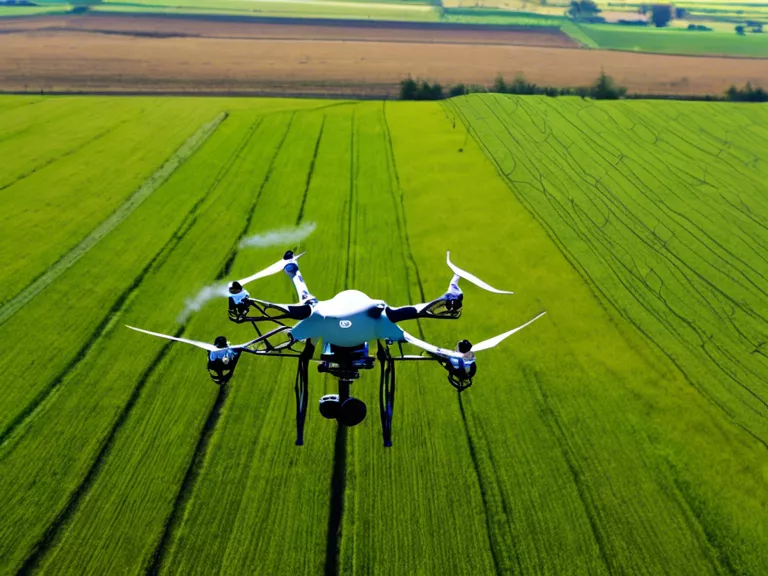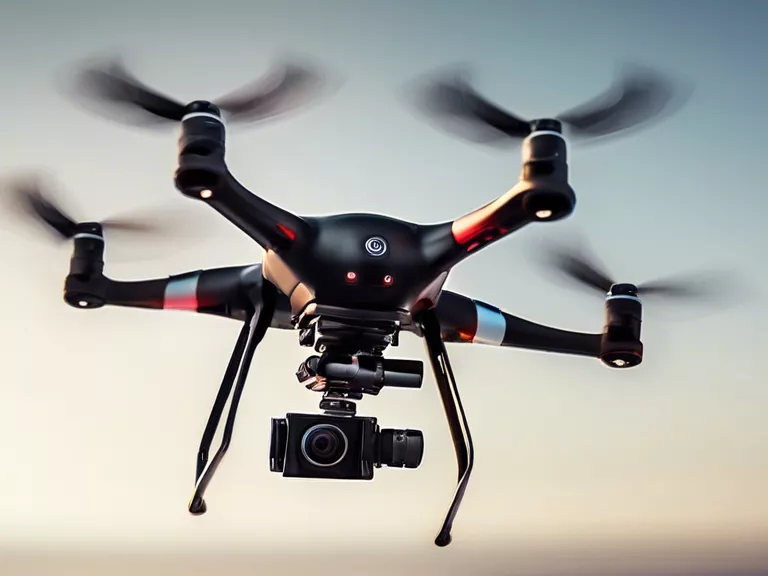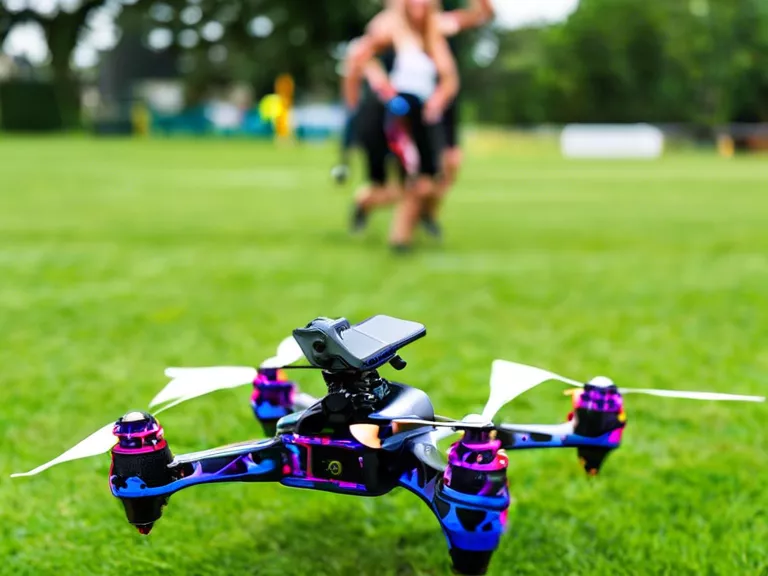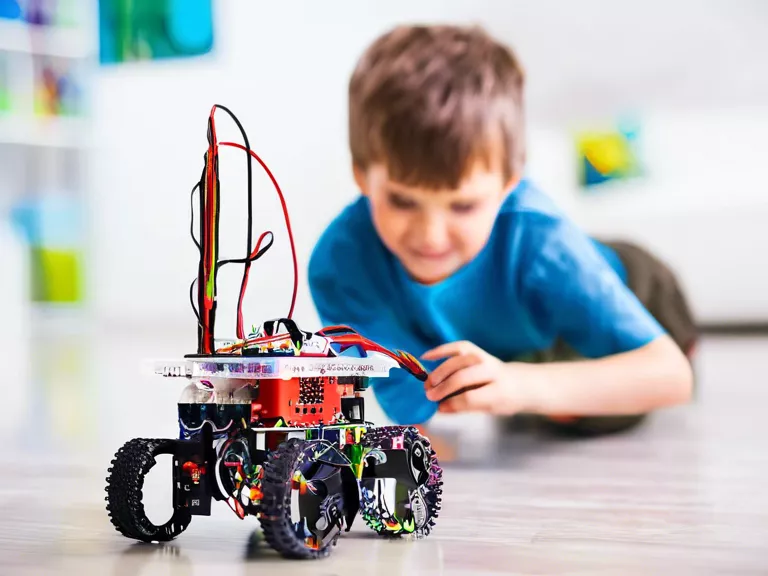
Drones have revolutionized many industries, including agriculture, by providing a cost-effective and efficient way to monitor and manage crops. These unmanned aerial vehicles are equipped with cameras and sensors that can collect valuable data for farmers to make informed decisions about their operations. In this article, we will explore how drones can be used for agricultural monitoring and management.
One of the key benefits of using drones in agriculture is their ability to capture high-resolution images of fields. Farmers can use these images to assess the health of their crops, identify areas that need attention, and monitor the effects of pests or diseases. Drones can also be used to create 3D maps of fields, which can help farmers plan irrigation and fertilizer applications more effectively.
In addition to imaging capabilities, drones can also be equipped with various sensors to collect important data such as temperature, moisture levels, and plant health. This data can be used to optimize crop production, improve yields, and reduce the use of chemicals. Drones can cover large areas of land quickly and efficiently, providing farmers with real-time information to make the right decisions.
When it comes to managing agricultural operations, drones can be used for tasks such as crop spraying, seed planting, and monitoring livestock. Drones can reach areas that are difficult to access by traditional methods, saving farmers time and labor costs. By automating these tasks, farmers can increase productivity and ensure optimal outcomes for their crops.
Overall, drones offer a powerful tool for farmers to monitor and manage their agricultural operations. By using drones to collect data, make informed decisions, and automate tasks, farmers can improve efficiency, reduce costs, and ultimately increase crop yields. As technology continues to advance, drones will play an increasingly important role in the future of agriculture.



